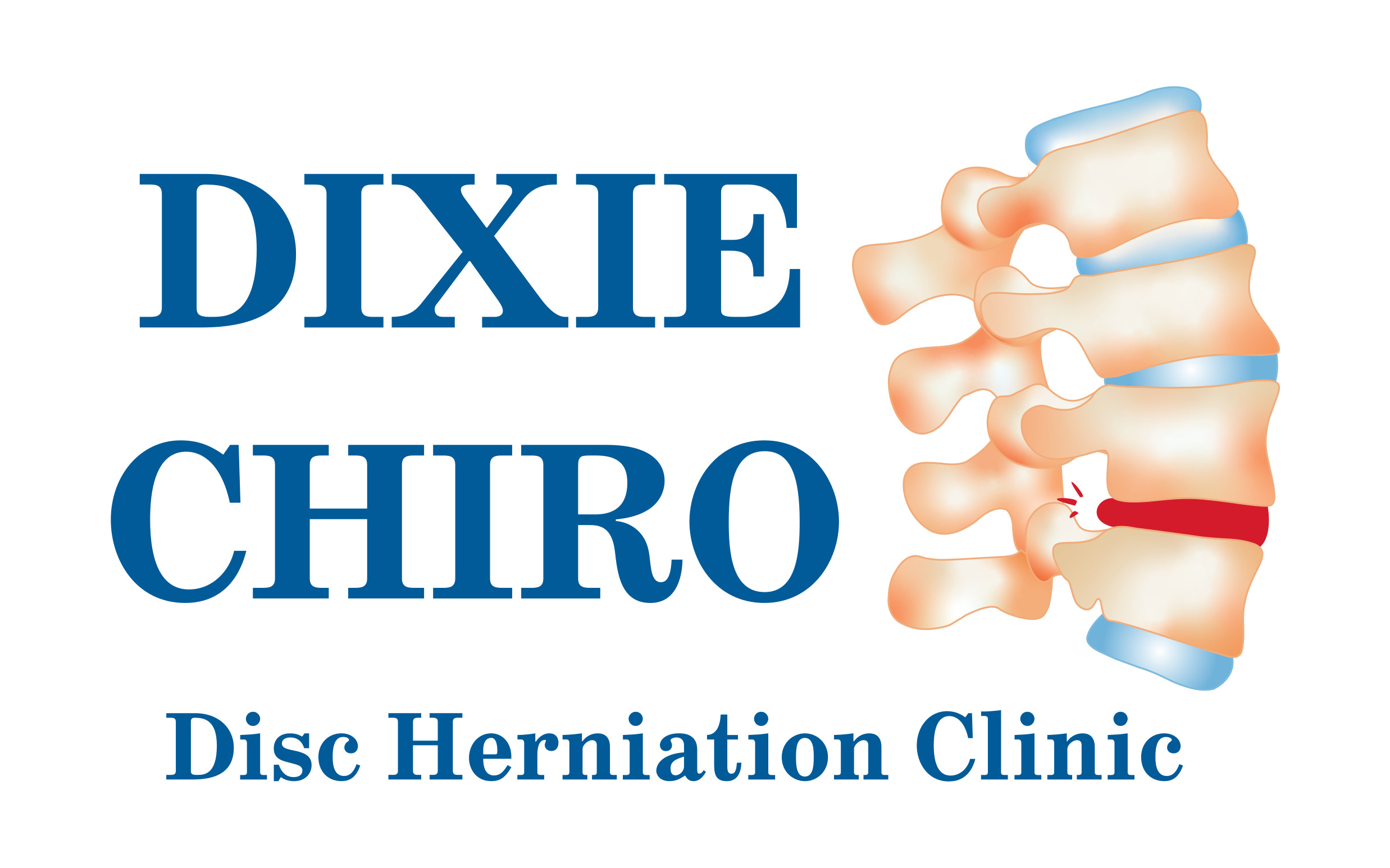Muscle Memory became a catch phrase back in the early 1990’s and primarily was a term used by trainers and coaches referring to movements being programmed into the body through repetition. In other words, proper movement practiced with many repetitions would become automatic, requiring little to no thought.
Since that time, new discoveries have lead to a much greater view of muscle memory which has crossed over into the sensory or pain arena and have lead to the discovery of a condition termed “Movement Disorder.” which is a chronic pain problem for many people.
To understand Movement Disorder, you must first understand muscle guarding. Most coaches, trainers, and doctors understand muscle guarding that occurs when there is injury. Muscle guarding is tightening of muscles around an injury to limit movement and protect the injured area. This is great blessing to people because if there was no muscle guarding around an injury, people could easily do more damage. One good example is broken bones, if someone broke a leg and there was no muscle guarding, the sharp edges of bone could easily cut, scrape and damage nerves and blood vessels around the fracture, thus making a bad situation much worse.
Well, a movement disorder is when an injury occurs and the protective muscle guarding takes place, but over time, as the injury heals, the pain signals continue being sent by the surrounding muscles even after healing. In the case of someone who sprains their back, resulting in lower back pain, the muscle guarding, which is felt as pain whenever they try to move their back, may persist long after the sprain injury heals. When these cases come into my office, they typically will say, “Doc, I feel fine, but every time I bend forward (or tie my shoes, or swing a golf club, or lift a leg, etc. etc.) I feel pain. This is the classic textbook movement disorder: Pain on a singular motion, but is fine otherwise.
Movement Disorders are identifiable but require ruling out more serious issues. When a Movement Disorder is found, it’s the kind of muscle memory problem that is usually not too complicated to fix with the right equipment and application.


Recent Comments